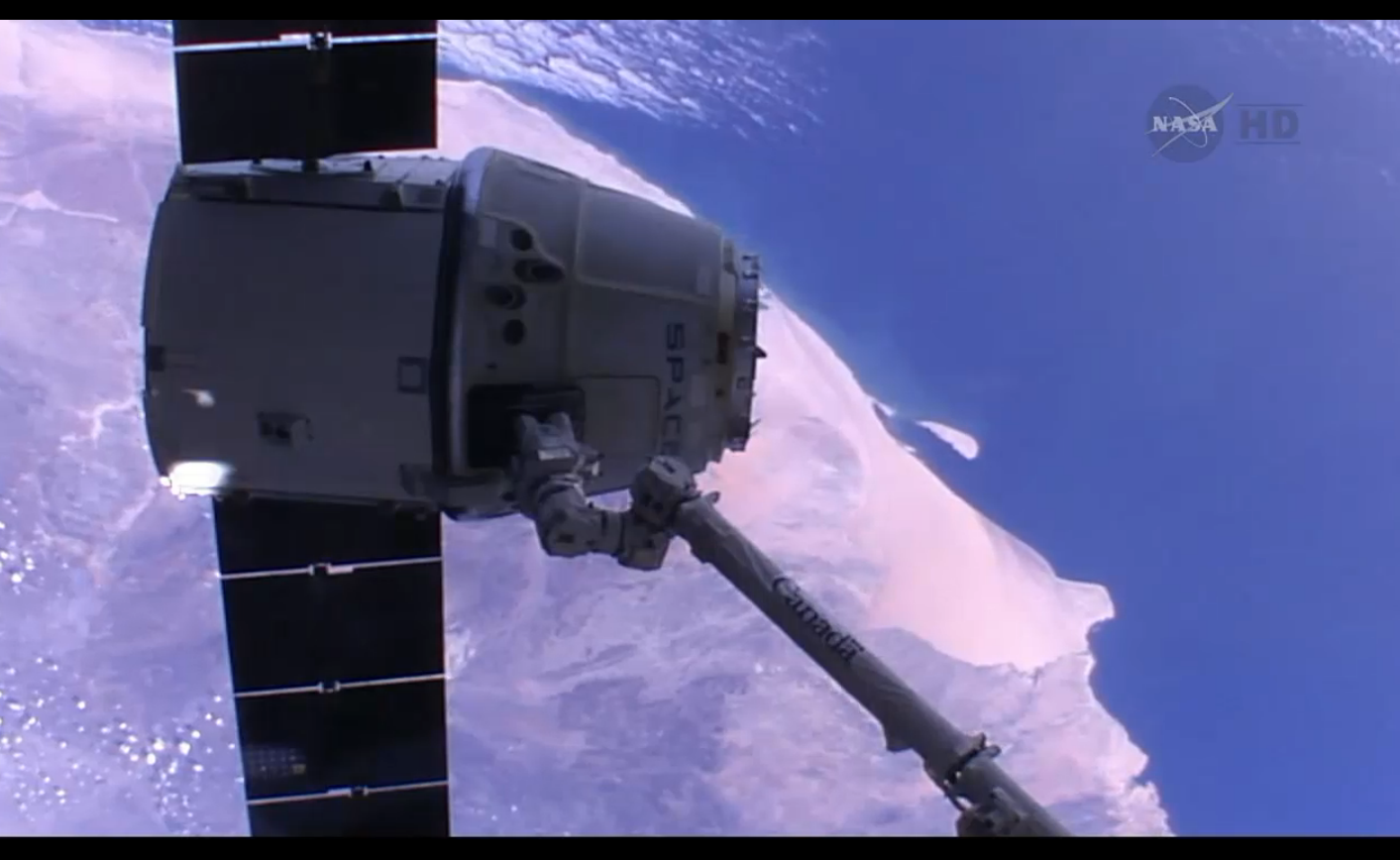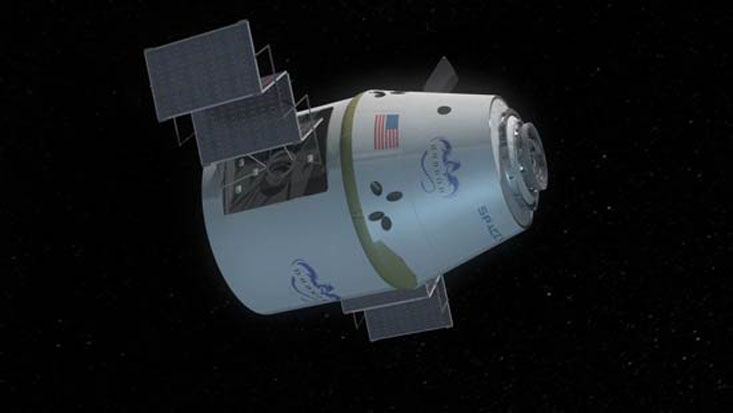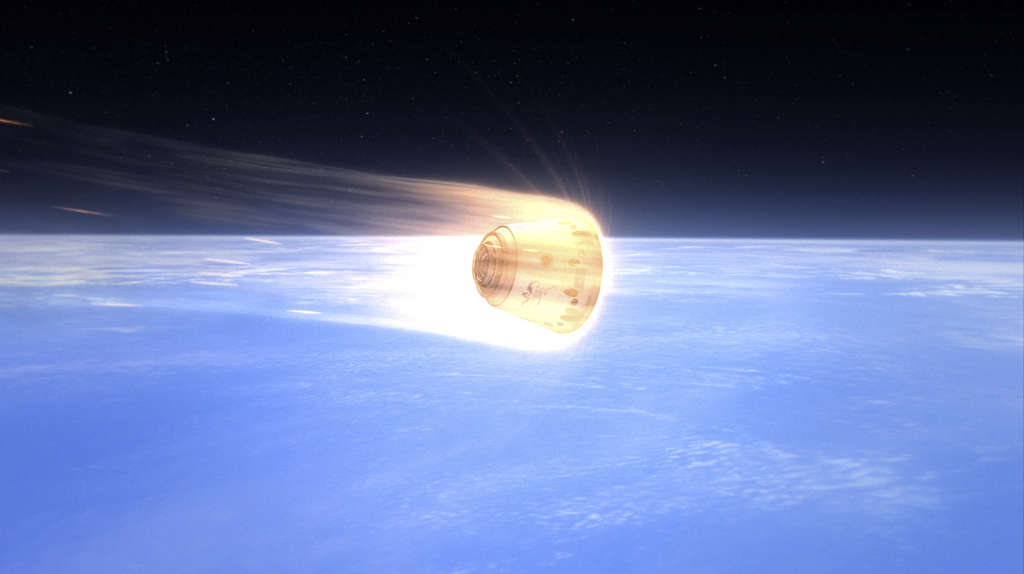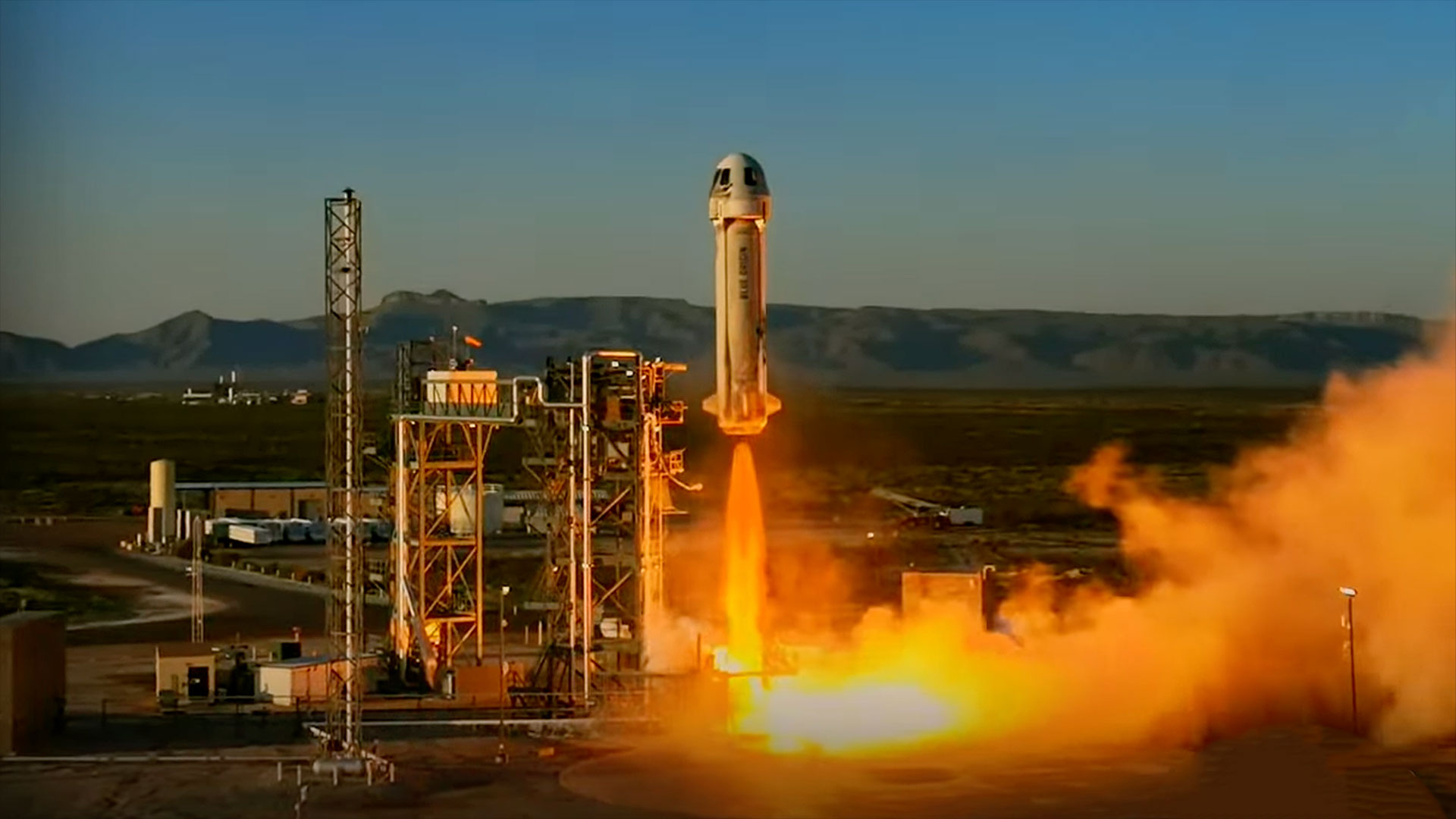Splashdown! SpaceX's Dragon Returns to Earth from Space Station
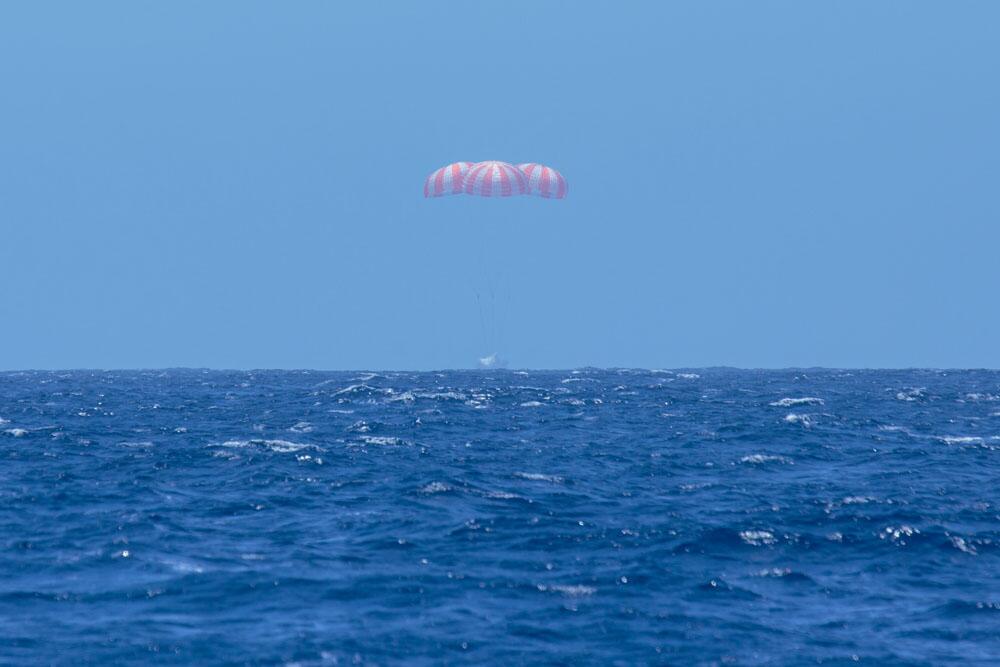
SpaceX's robotic Dragon capsule splashed down in the Pacific Ocean today (May 18), bringing more than 1,000 lbs. of science cargo back to Earth from the International Space Station.
The unmanned spacecraft fell into the ocean off the coast of Baja California, where officials were able to recover it. The spacecraft carried more than 3,500 lbs. (1,587 kg) of cargo to Earth from the orbiting laboratory. Splashdown occurred at 3:05 p.m. EDT (1905 GMT).
Dragon attached to the space station on April 20 after launching atop the private spaceflight company's Falcon 9 rocket on April 18 from Florida. The capsule was released from the station today at 9:26 a.m. EDT (1325 GMT). [See photos of Dragon's mission to the International Space Station]
"Splashdown is confirmed!! Welcome home, Dragon," SpaceX officials wrote from the company's Twitter account (@SpaceX) shortly after splashdown.
SpaceX's Dragon carried about 1,600 lbs. (726 kg) of science cargo down from the space laboratory. The 150 science experiments include biotechnology samples, biology studies, physical science investigations and human research, NASA officials said.
"While some of this data can be obtained by on orbit analysis, many analysis techniques have not been miniaturized or modified to allow them to be performed on orbit, which means sample return is the only way to obtain this data," Marybeth Edeen, space station research integration office deputy manager at NASA’s Johnson Space Center in Houston, said in a statement.
One of the studies that just returned to Earth is an experiment with drug-resistant bacteria investigating howgene expression changes in microgravity. Scientists used E. Coli to try to understand the decrease in effectiveness of antibiotics in the space environment. Earlier studies showed that bacteria are able to grow in space even with concentrations of antibiotics that could deter growth on Earth, NASA officials said.
Breaking space news, the latest updates on rocket launches, skywatching events and more!
The splashdown marks the completion of SpaceX's third official Dragon resupply trip to the International Space Station. When it docked to the station, the spacecraft successfully delivered about 5,000 lbs. (2,268 kilograms) to the crewmembers living and working aboard the space laboratory.
At the moment, Dragon is the only cargo ship that can successfully bring supplies back to Earth from the International Space Station. While other spacecraft like Russia's Progress, Europe's ATV and Japan's HTV can deliver cargo to the orbiting outpost, they are destroyed in Earth's atmosphere during re-entry.
SpaceX currently holds a $1.6 billion contract with NASA to fly 12 resupply missions to the station using the unmanned Dragon capsule and Falcon 9 rocket.
But the California-based company isn't the only organization that holds a resupply contract with NASA. The space agency also has a $1.9 billion deal with Orbital Sciences Corp. to fly eight missions to the orbiting outpost using the Cygnus spacecraft and its Antares rocket. Orbital Sciences is scheduled to launch its second cargo run to the station at the beginning of June.
At the moment, the space station plays host to an international trio of spaceflyers. NASA's Steve Swanson and Russian cosmonauts Alexander Skvortsov and Oleg Artemyev will man the orbiting outpost until a new crew of three launches to space on May 28.
This is an updated version of a previous story.
Follow Miriam Kramer @mirikramer and Google+. Follow us @Spacedotcom, Facebookand Google+. Original article on Space.com.

Miriam Kramer joined Space.com as a Staff Writer in December 2012. Since then, she has floated in weightlessness on a zero-gravity flight, felt the pull of 4-Gs in a trainer aircraft and watched rockets soar into space from Florida and Virginia. She also served as Space.com's lead space entertainment reporter, and enjoys all aspects of space news, astronomy and commercial spaceflight. Miriam has also presented space stories during live interviews with Fox News and other TV and radio outlets. She originally hails from Knoxville, Tennessee where she and her family would take trips to dark spots on the outskirts of town to watch meteor showers every year. She loves to travel and one day hopes to see the northern lights in person. Miriam is currently a space reporter with Axios, writing the Axios Space newsletter. You can follow Miriam on Twitter.
